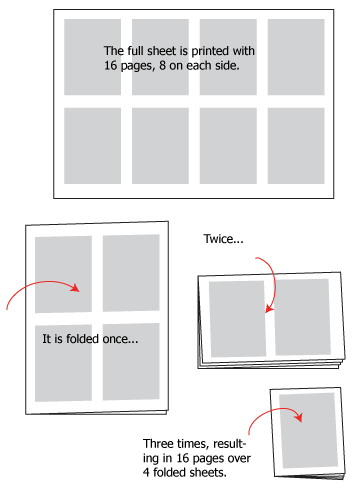The next time you think to yourself, “I am just way too busy,” please consider this podcast you’re about to listen to. How writer, artist, teacher, and literal jack of all trades Jim Zub even found the time to sit down for an hour with us is as mysterious as what the writers were thinking with the last season of LOST. At times it is a bit harrowing listening to Jim describe his day. Then you look at his amazing work, the result of stacking those seemingly endless days of creative output, and end up scooting your chair back in, grabbing a pencil, and sketching out your next idea or writing that last page or chapter. Join Adam and Mark as they steal an hour from Jim Zub’s time to talk about… well, Jim Zub’s time.
Podcast: Play in new window | Download (Duration: 1:13:54 — 67.7MB) | Embed
Subscribe: Apple Podcasts | Email | RSS










